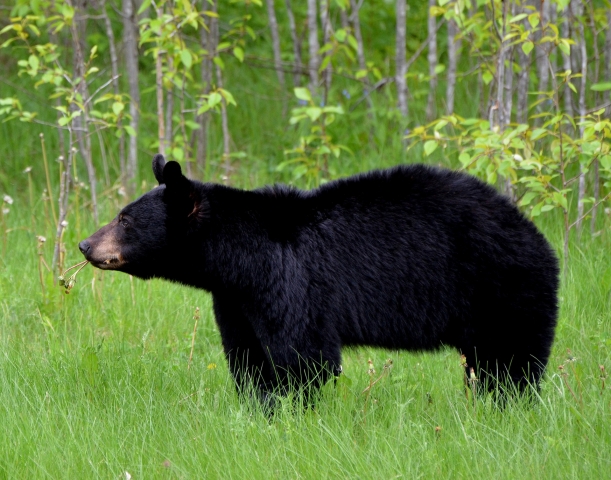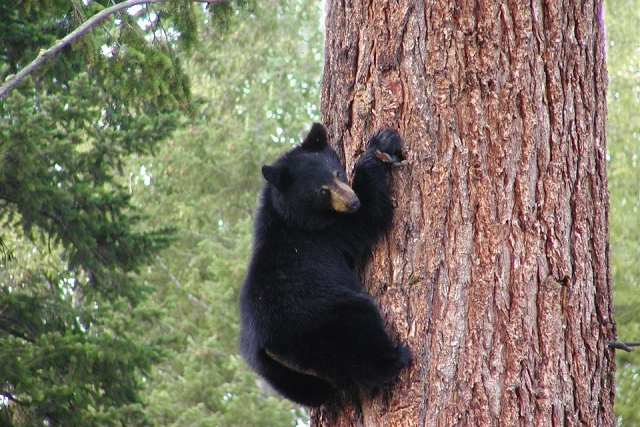Over the past few summers here in Manitoba, bear encounters have been more frequently reported than in the past.
This increase may be due to the fact that there has been a lack of precipitation in the province, which often leads to all sorts of wildlife leaving their natural habitat to seek food from other sources.
On the topic of Bear safety and more, CKDM sought after the advice of Janine Wilmot, a Human-wildlife conflict biologist with the Government of Manitoba.
Wilmot spoke of ways to decrease your chances of seeing a bear to begin with.
"We really encourage people to take preventable measures so they can avoid these encounters in the first place. So some important things to thinks about doing, making sure that your securing attractants in your yard or campsite, and attractants for black bears can be anything that might potentially smell like food to them. So make sure to store food in a secure building or a bear-resistant garbage container if you are storing garbage."
Ms. Wilmot expressed concern about hanging out in areas that bear frequently are seen, but if you must, she does have tips to stay safe:
"If you're recreating in bear country, it's really good to be making noise and letting them know that there are people in the area. Most wildlife will try to avoid encountering people if they can."
She carried on to suggest more safety precautions that can be taken,
"Carrying deterrent is a really good thing to do; deterrents are devices that discourage unwanted behaviour from wildlife—things like noise-making devices, an air horn, a whistle, a rattler. A walking stick is a really good deterrent. You can use it as a visual deterrent because it's long, pointy and sharp, as well as a noise deterrent by banging it against a tree. You can use it as a physical weapon if you need it."
For a more at length lesson in bear safety, Janine Wilmot suggests viewing the international associations for bear research and managements safety video on YouTube.








